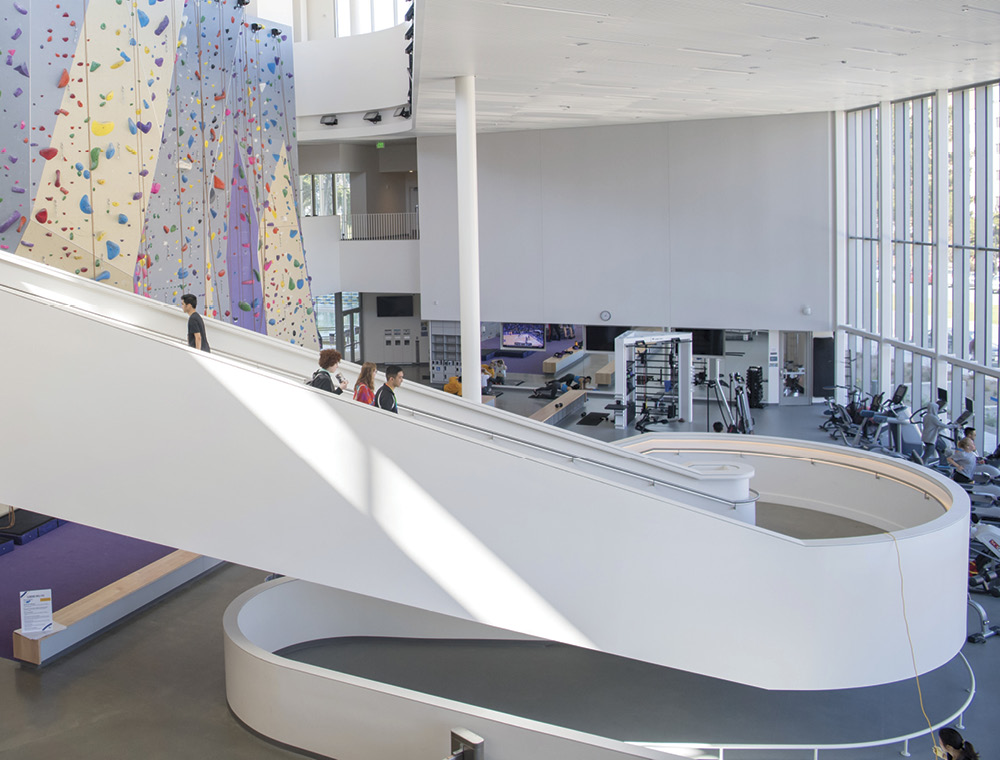
A Dose of Hospitality for Medical Schools
Laughter is the best medicine,” the old saying goes. But according to SF State Assistant Professor of Management Priyanka Joshi, medical practitioners don’t need to be hilarious. They just need to be more hospitable.
A patient-centered service mentality is at the heart of a new hospitality curriculum developed for medical schools by Joshi and three colleagues. The curriculum encourages medical providers to put thought into every aspect of a patient’s experience, from waiting room décor to how appointments are scheduled to the number of available parking spots. The result won’t just be happier patients. It will be healthier ones.
“Recent research shows a patient’s experience of care is not just determined by the quality of their doctor,” Joshi says. “All these secondary factors influence whether a patient believes their doctor is competent, whether they trust their doctor, whether they will follow their doctor’s treatment recommendations and whether they will continue to see their doctor.”
The first-of-its-kind syllabus, published in the Journal of Patient Experience, borrows concepts, theories and models from the fields of service marketing, social psychology and management. It’s meant for medical students but can be adapted to dental or nursing programs, too, the research team reported.
“Our curriculum encourages doctors to see themselves as educators, as counselors, as leaders, as people who are not just involved in treating patients but in providing a service to those patients,” Joshi says.

Mashouf Wellness Center Goes Platinum
The Mashouf Wellness Center is a place students come to stay healthy, from taking yoga classes to scrambling up the signature climbing wall. And behind the scenes — through its pools, gardens and lightbulbs — the building is designed to keep the environment healthier, too. It’s that side of the center’s operation that was recently acknowledged with a LEED Platinum certification, the top LEED rating for green building design.
LEED (Leadership in Energy and Environmental Design) is a certification program run by the nonprofit U.S. Green Building Council to promote efficient and environmentally friendly buildings, and LEED Platinum is the highest of its four ratings. The push for this lofty goal for the Mashouf Wellness Center came from none other than SF State students, who were involved in the building’s planning from the start. “They created and helped design a building that has less of an impact on the environment and its surroundings,” says Director of Sustainability and Energy Caitlin Steele.
While LEED Platinum is a difficult bar to clear for any building, it’s especially challenging for recreation centers, which come with unique hurdles — like the need to heat and supply water for pools. Meeting the goal required innovations both inside and outside the center, especially for water conservation. “There’s an entire gray-water system that uses pool runoff and the water from the sinks and showers,” Steele explains. “That water is reused within the building for toilet flushing and is also going to be used for landscaping outside.”
Outside, the center’s gardens are full of drought-tolerant native plants, arranged to make the most use of any rainfall. And thanks to the building’s rooftop solar panels and carefully designed heating and cooling systems, it uses around 55% less energy than the average building of its type.
The center’s forward-thinking design is just the start as new construction ramps up at SF State: Each of the in-progress and planned buildings on campus are slated to be at least LEED Gold certified.

Could Otters Bounce Back in the Bay?
San Francisco Bay has seen a resurgence in marine mammal species, and new research by a team including SF State scientists suggests there might be room for one more. Sea otters, the study shows, would find widespread food and habitat in the Bay — and could perhaps spread to other estuaries, too.
After being hunted to the brink of extinction, California’s southern sea otters have started to bounce back. But the animal’s recovery has largely been limited to a single kind of habitat.
“This little remnant population that was left after the fur hunting [ended] grew up in the kelp forests and has expanded in the kelp forest,” says study co-author Katharyn Boyer, a professor of biology at SF State’s Estuary and Ocean Science (EOS) Center. (SF State Professor of Geography & Environment Ellen Hines and master’s student Jane Rudebusch were also among the co-authors of the study, which was published in the open-access journal PeerJ.)
The team performed an exhaustive survey of the habitat and food sources available in San Francisco Bay and found plenty of both. That’s good news for otters. And Boyer sees another important implication in the work: “It gives us yet another reason to care about estuaries, because they can provide these kinds of habitats,” she says.